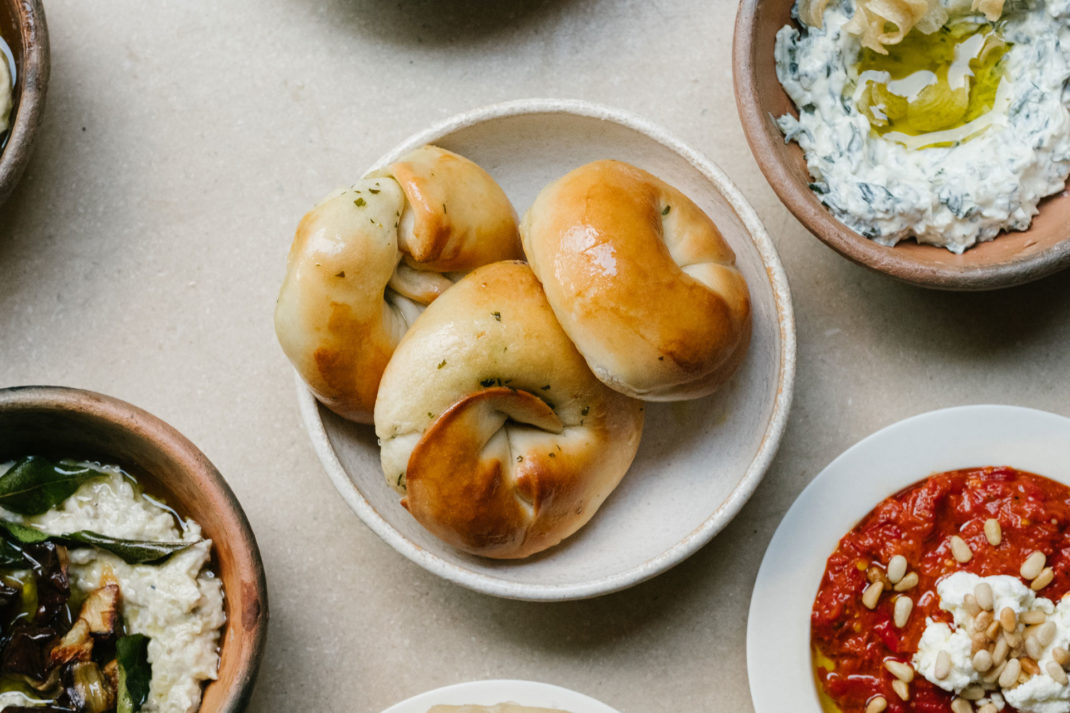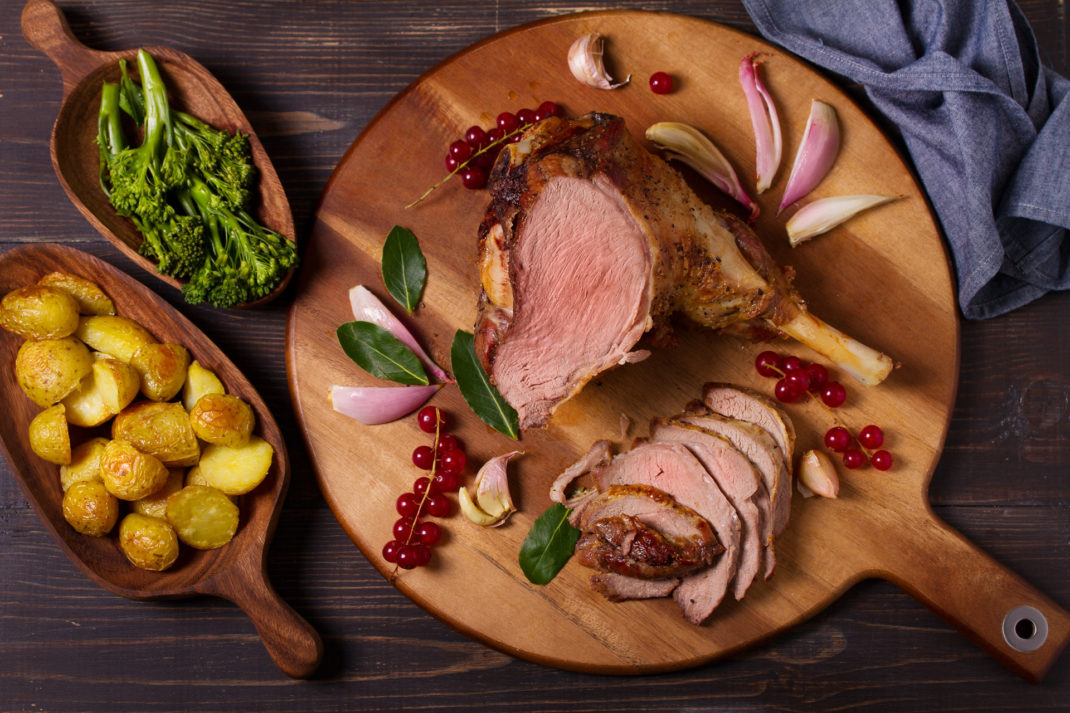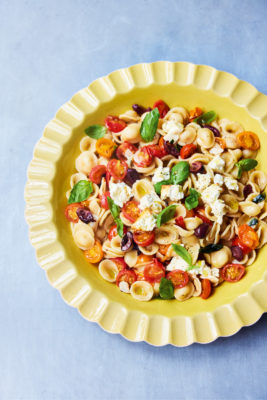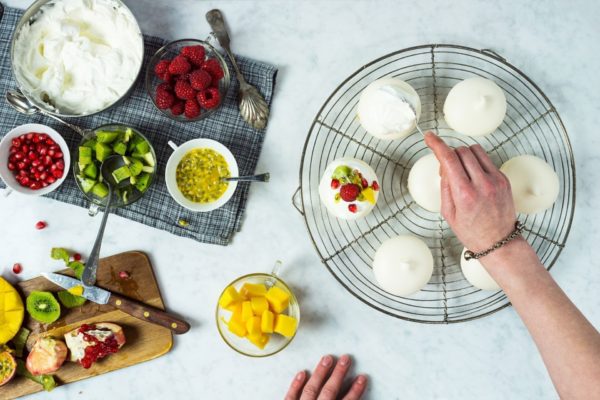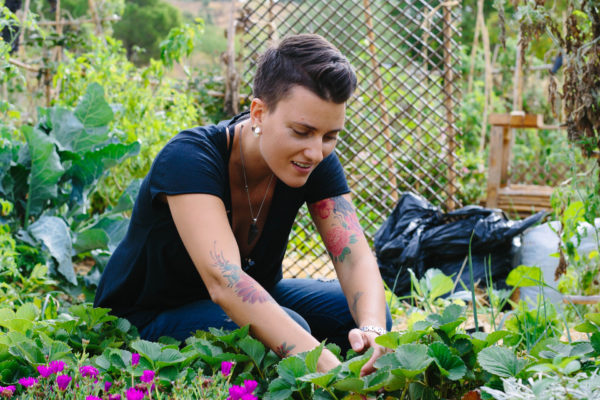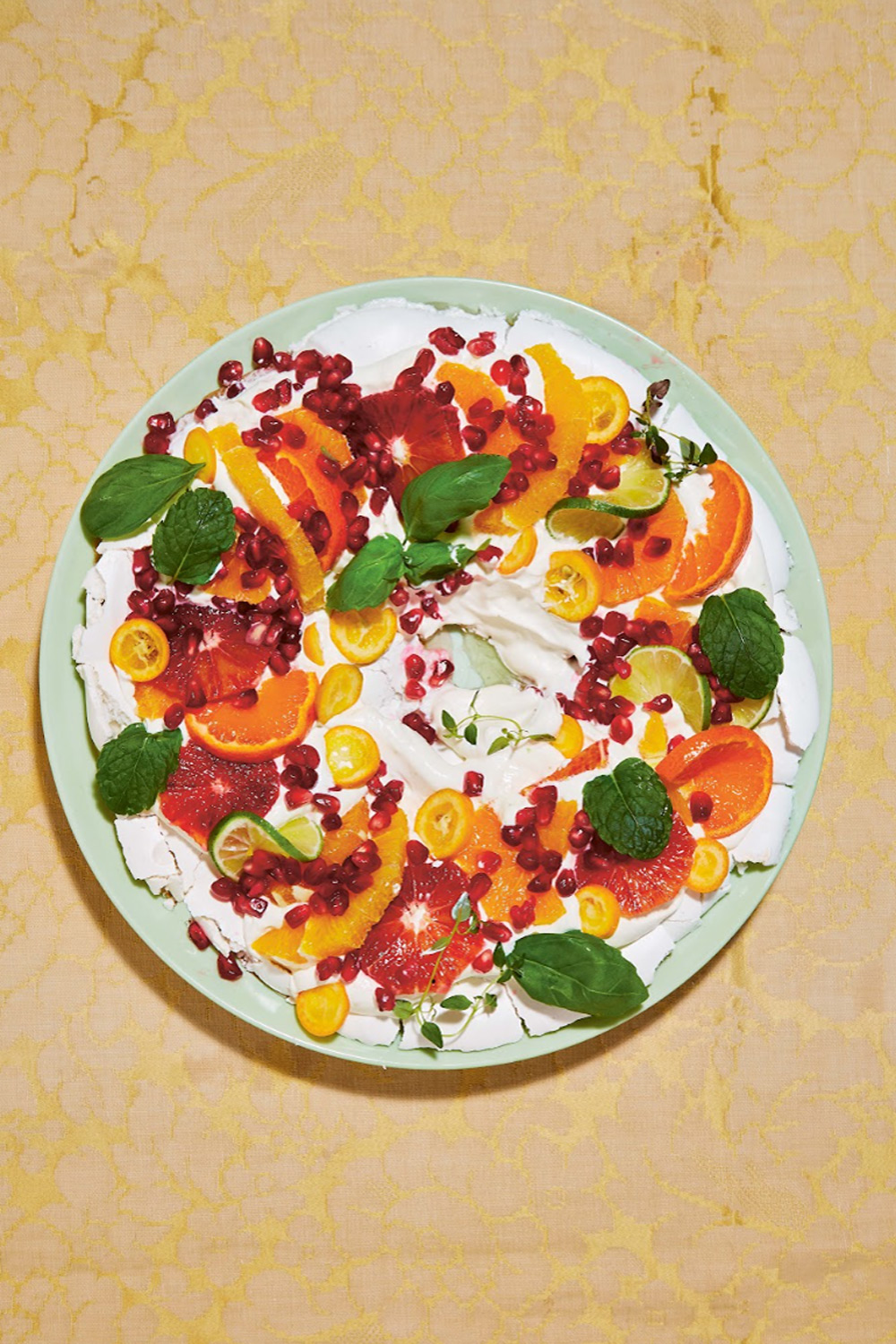
Bettina Campolucci Bordi’s Seasonal Pavlova Wreath Recipe
By
2 months ago
A colourful dessert to brighten up February
It may be winter, but there’s still plenty of seasonal produce to get excited about in the UK this month, says Bettina Campolucci Bordi. Here our plant-based columnist shares her favourite late winter pudding recipe, plus all the veggies she’s cooking with this month.
Bettina’s Seasonal Cooking Tips: February
February: a month where winter still holds its grip, but the days are slowly stretching a little longer, there’s a bit more sunshine and lots to celebrate (it’s my birthday month). While we are still very much in winter mode, February feels like a turning point, a time to embrace the final weeks of cosiness before the first signs of new life emerge. I love seeing the buds on trees and signs of spring come to life.
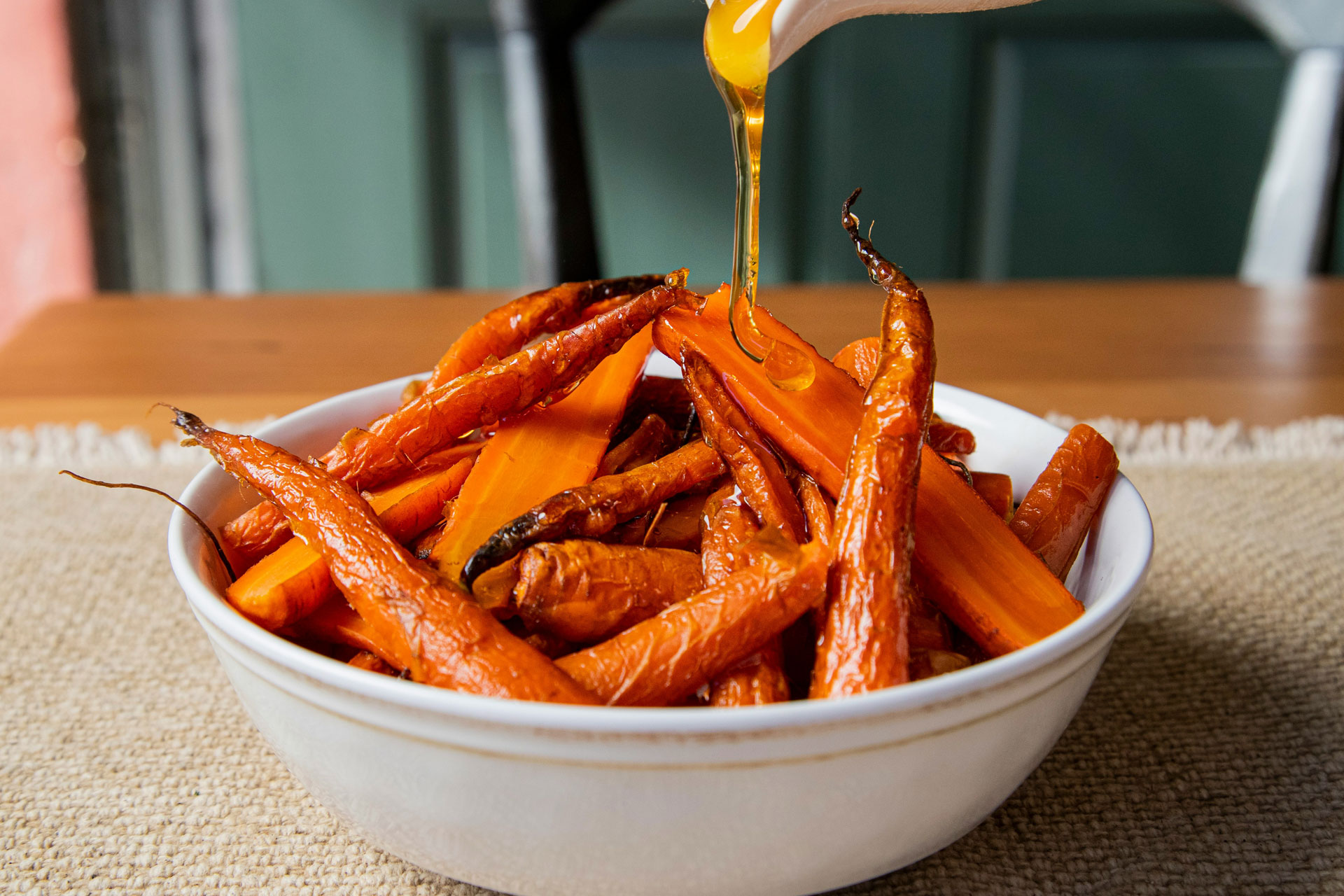
Unsplash
What’s In Season In The UK In February?
The seasonal produce this month is a celebration of winter’s hearty and grounding ingredients, with an emphasis on warming, nourishing meals. Root vegetables continue to dominate, with parsnips, swedes, turnips, and carrots still at their sweetest after enduring the winter chill. Did you know that carrots are particularly sweet and at their best around this time of year? They’re incredible slow roasted with creamy dips to accompany them. Brassicas such as kale, Savoy cabbage, and Brussels sprouts thrive, while leeks and cauliflower remain reliable staples for soups, stews, and comforting traybakes.
When it comes to fruit, citrus is at its peak, bringing brightness to otherwise heavy winter dishes. Blood oranges, Seville oranges, grapefruits, and lemons cut through the richness of winter meals with their refreshing acidity. Late-season pears and stored apples also remain, perfect for baking into crumbles, compotes, or simply enjoying fresh.
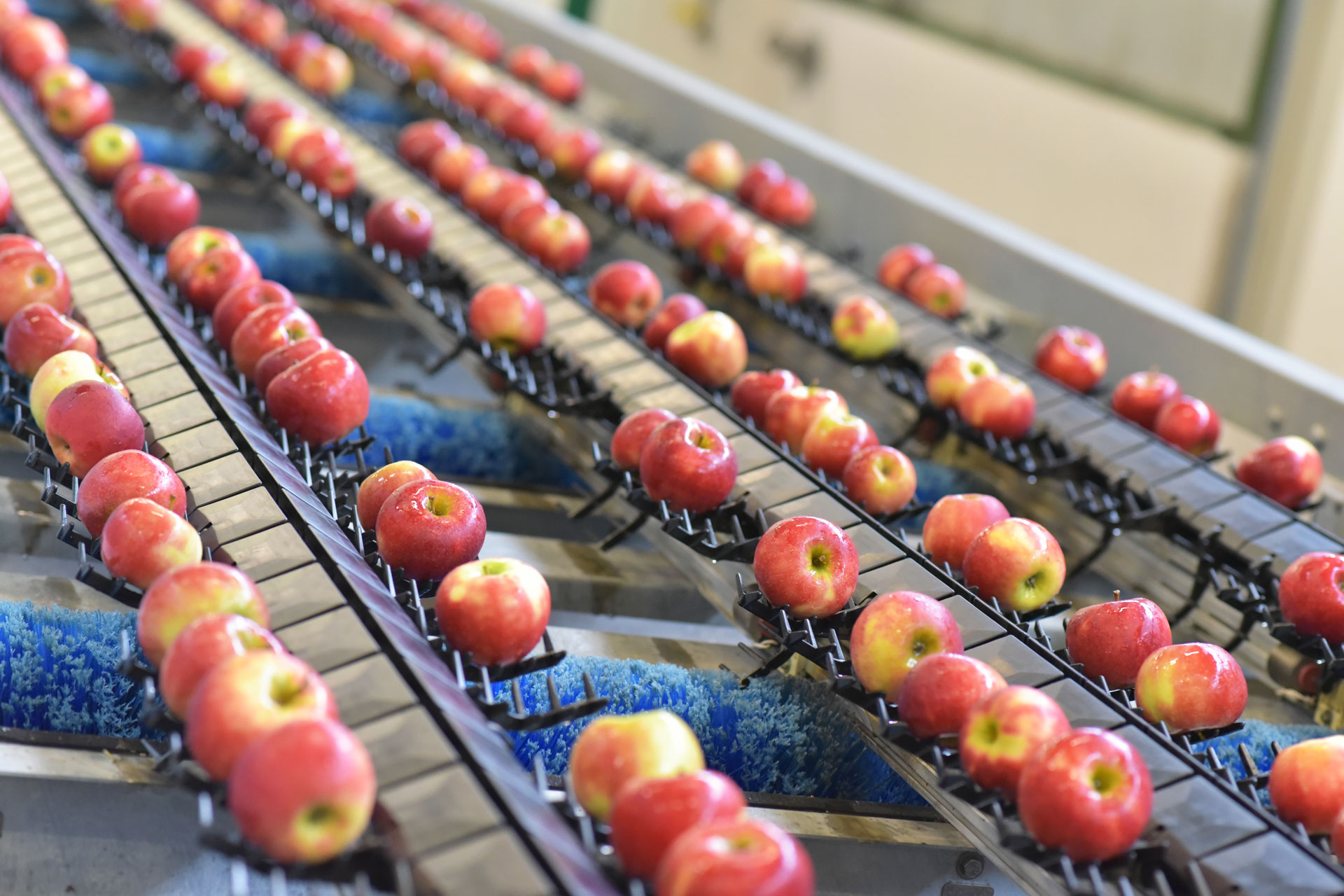
Getty Images
For the foragers, February may seem quiet, but there are still treasures to be found. Early wild garlic might just start peeking through in milder regions, hinting at the freshness to come. Hazelnuts and chestnuts can still be collected, their earthy richness a perfect addition to both sweet and savoury dishes.
Recipe: Pavlova Wreath With Lime Cream & Seasonal Fruits
A brilliant and pretty dish to serve either as individual nests or a big, impressive wreath. Topped off with seasonal citrus fruits and a tart cream, it is heaven. The instructions here are for one large wreath, but there will be enough mixture to make a nest each for four to six people.
Ingredients:
Serves 4 – 6
For the wreath
- 250ml aquafaba (liquid from tinned chickpeas)
- 280g caster (superfine) sugar, sifted
- 1 tsp cornflour (cornstarch)
- 1⁄3 tsp cream of tartar
For the filling
- 260ml whippable plant cream
- 1 tbsp maple syrup
- 1 vanilla pod (bean), split and the seeds scraped out, or 1 teaspoon vanilla paste or extract
- Zest and juice of 1 lime
- 500g seasonal fruits (such as citruses, strawberries, raspberries and blueberries) a few mint and basil leaves, to decorate
Method:
- Preheat the oven to 110°C (230°F/gas 1⁄4). Using a cake pan or something similar, draw a circle on a piece of baking parchment. Then draw a smaller circle inside to create a ring – about 10 cm (4 in) wide – to make the pavlova wreath. Place the piece of parchment on a baking sheet.
- To make the pavlova wreath, whip the aquafaba in a bowl with an electric whisk until stiff peaks form – this will take around 10–20 minutes.
- Add the sugar very gradually. Slowly add the cornflour and cream of tartar, ensuring everything is mixed together well. The mixture needs to be stiff and also have a lovely white sheen.
- Spoon the mixture onto the ring drawn on the baking parchment. Make a shallow trench in the ring to hold the cream and fruit.
- Bake the pavlova in the oven for 1 1⁄2–2 hours until completely cooked/dried out. Remove from the oven and allow to cool.
- This is a great recipe to do the night before and leave in the oven.
- To make the filling, whip the plant cream, maple syrup, vanilla, and lime zest and juice in a bowl until stiff peaks form.
- To assemble the pavlova, spoon the cream into the trough you made in the ring and then arrange the fruits and herbs on top. Serve immediately.


